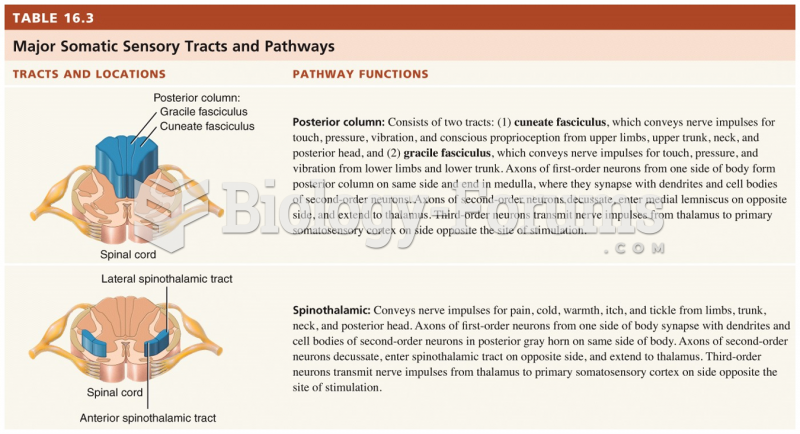|
|
|
An identified risk factor for osteoporosis is the intake of excessive amounts of vitamin A. Dietary intake of approximately double the recommended daily amount of vitamin A, by women, has been shown to reduce bone mineral density and increase the chances for hip fractures compared with women who consumed the recommended daily amount (or less) of vitamin A.
Warfarin was developed as a consequence of the study of a strange bleeding disorder that suddenly occurred in cattle on the northern prairies of the United States in the early 1900s.
If all the neurons in the human body were lined up, they would stretch more than 600 miles.
There are 20 feet of blood vessels in each square inch of human skin.
Drying your hands with a paper towel will reduce the bacterial count on your hands by 45–60%.







